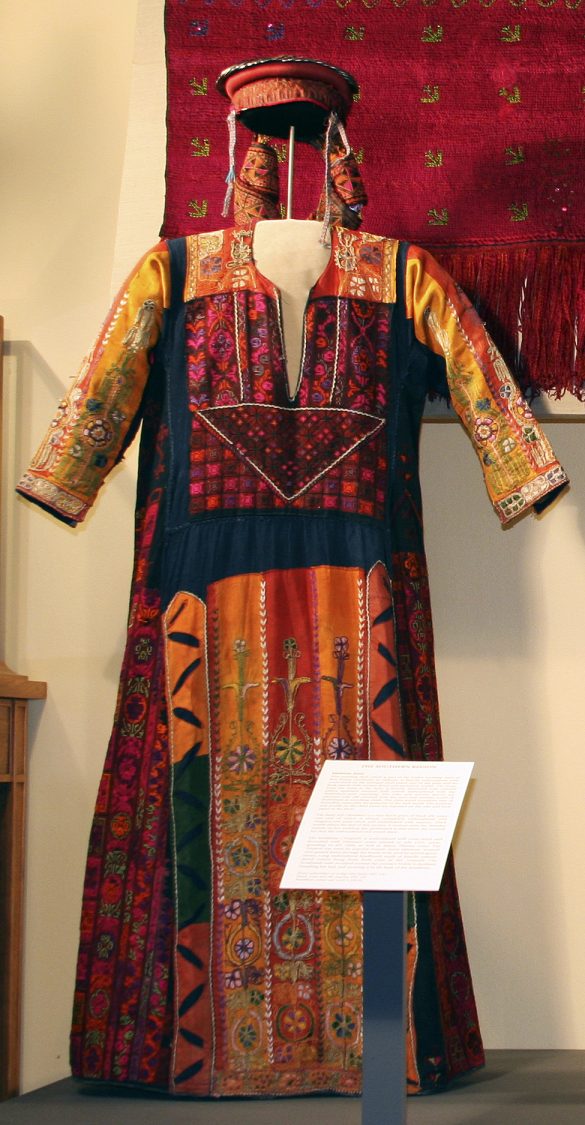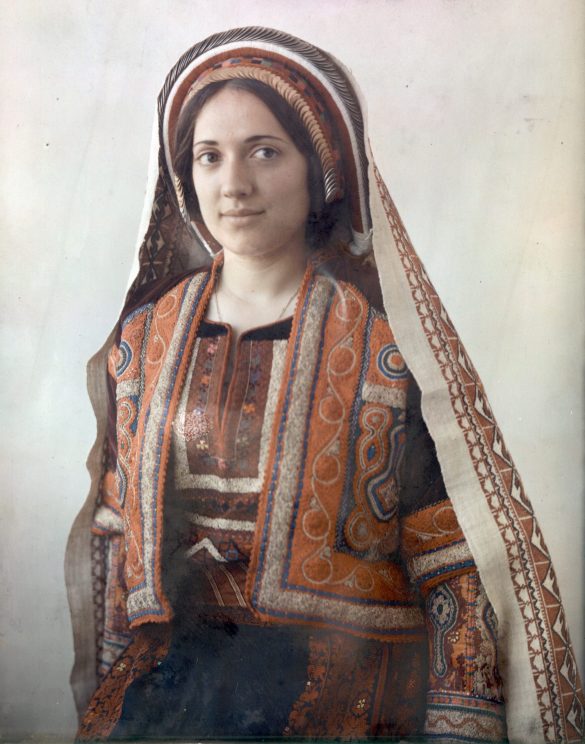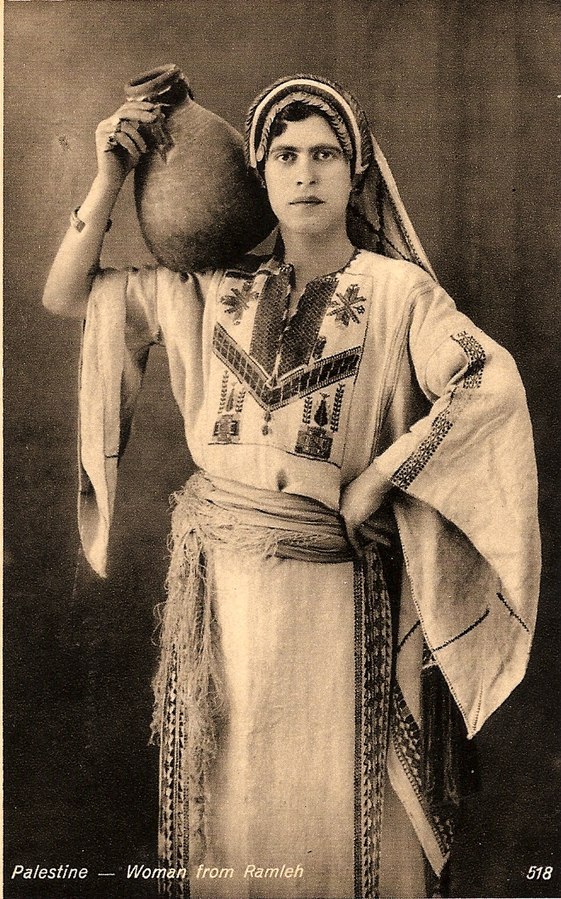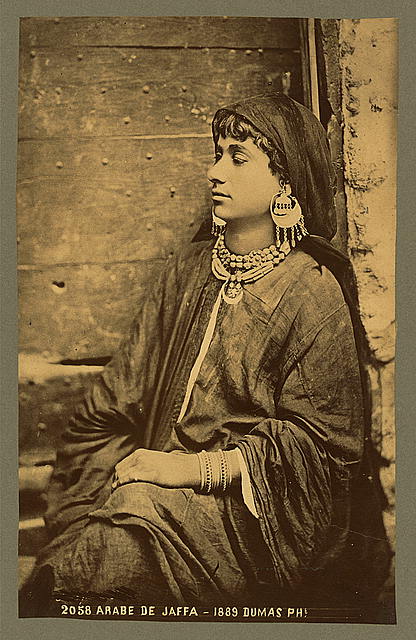Palestine has been known for centuries for its magnificent traditional clothes with intricate and exquisite details.
The Palestinian clothes are divided into three parts: city clothes, village clothes, and Bedouin clothes.
Each has its own beauty and aesthetic, but all resemble the Palestinian identity.
Moreover, each Palestinian city is known to have its own traditional attire, since the country has a diverse geography.
For instance, people in the mountain areas have different costumes from those in the dessert, and those in the sea coasts.
The differences can be seen in colours and embroidery styles.
Historians and travellers have written detailed descriptions of the Palestinian costumes in the 19th and 20th centuries, especially the village costumes.
A woman’s social and economic status in Palestine was usually depicted through her embroidered costume.
Usually Palestinian costumes on the sea coasts are known for having resemblance with the ancient Greek costumes, while those in the cities like Beersheba have heavily embroidered clothes.
Women in the mountain areas would usually wear clothes with less embroidery because they spend most of their day in agriculture.
Costumes in Palestine’s Jericho city, the world’s oldest city, are known for having embroidery that run from top to bottom.
Colours also resemble cities, for instance, Ramallah is known for the wine-red colour, while reddish orange is known for costumes in Beersheba.
Moreover, the red is usually worn by a Palestinian bride, while the colour blue is for the widows.
Palestinian costumes, like many Palestinian heritage, are facing theft by the Israeli settlers and occupation forces.








